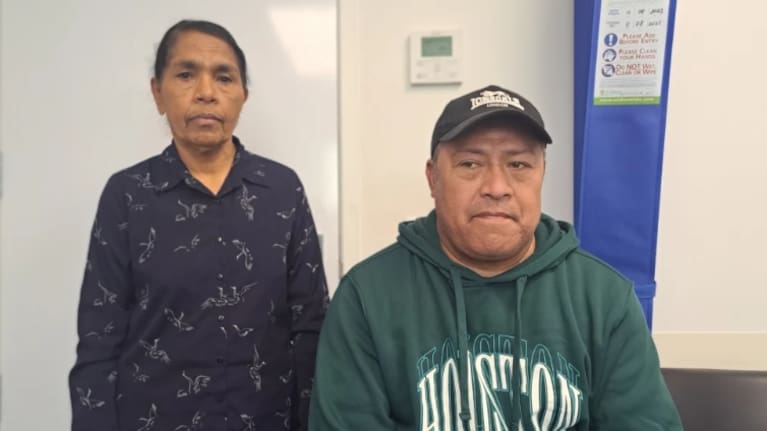Patients have been queuing since before dawn at a low-cost South Auckland clinic
Many sick or injured people waiting to see a doctor queue for hours outside the South Auckland clinic every morning.
Local Doctors Otara is part of the Low Cost Access plan, which has provided medical aid to communities with health problems and the greatest need.
It charged a co-payment of $19.50 – much cheaper than most general practices or urgent care centers in Auckland, where appointments cost more than $60 per visit.
Staff at the clinic had reported people queuing for hours before it opened, even during the winter.
Local Doctors Otara is owned by Tāmaki Health, which has more than 40 GP surgeries and clinics across New Zealand. Its chief executive Lloyd McCann told Checkpoint that the daily queues to see a doctor were «a sign of dire times».

«Unfortunately we have been forming queues outside our clinic where people come very early in the morning to get a place at the front where possible to make sure they are seen by our doctors and nurses so they know to find a place. the health care they need.»
The calls started at 6.30am, and the workers opened soon after they arrived, he said.
“Our teams will also come in very early – our doors open at 8am but teams will come in at 7.15am to prepare, to ensure we can get patients in at a quarter to eight.
«But the reality is still people queuing – obviously these are the winter months – from 6.30am in some cases.»
Patient Tiu Tuiatara says he has heart problems and needs to see his doctor regularly.

“I have to wait [outside] about an hour and a half. It’s a long line before you get in here, then you wait another three or four hours.»
On Monday, Tuiatara waited at the clinic for about three hours to be seen for a different problem with his leg.
He said he lost count of the number of people standing outside the clinic.
«There are so many of us – I don’t count because I just want to get in here. But it’s a long time, it’s a long time.»
He was worried about what would happen if he couldn’t see a doctor regularly.
«My blood pressure is too high. And with this pain, it doesn’t help. I have a heart problem – I don’t think [my doctor] it wants me to have a heart attack. I don’t want to have a heart attack either.»
His doctor, Silva Ponnampalam, said seeing the line outside his clinic every morning was very painful for him.
«I’ve also seen people with children waiting there … the illness will get worse, there are people with COPD, asthma, many things. They are exposed to the cold and it will get worse.»
McCann said the clinic sees patients with multiple illnesses, including respiratory infections that are more common in the winter months, as well as workplace injuries, he said.
The numbers were increasing every month, and it wasn’t unusual to have 20 to 30 people show up on a Monday morning, he said.
There are warnings that could mean other options are closed, Cushla Norman reports. (Source: 1News)
«It’s safe to say that the demand for health care is increasing. While we’ve always had people struggling to get basic care, what we’re seeing is that our patients are presenting more complex needs.
«The patients are also multi-morbid – so it often takes a long time to deal with the health problems they have. So the situation is getting worse.
«Our teams don’t want this to happen but it’s an indication of how desperate people are to get health care.»
As a VLCA (Very Low Cost Access) model, it earned more money based on the high demand it served, which meant lower fees for patients.
«I think it also speaks to the lack of funding in general for primary care and for general operations. a lot of money. [care] and it’s something we continue to focus on because many of the populations we serve have the highest health needs based on their medical condition and many other factors. public health.»

The low level of support for GP services was a political issue that was «decades in the making», he said.
«There is no doubt that primary care is a sector that has been heavily invested in over the years.
«This is not the current government, or the previous government’s problem – it’s a problem that has been going on for decades, where funding has not kept up with increasing demand, increasing complexity, and the increase in the cost of health.
«If we want to invest more … what we will see over time … is a health system that works well for everyone.
«Because if we are able to detect illness and disease early, if we are able to invest more in the prevention of health, it will mean that we will save downstream with expensive measures that tend to happens in hospitals.»
By Luke Forman of rnz.co.nz
#Patients #queuing #dawn #lowcost #South #Auckland #clinic
